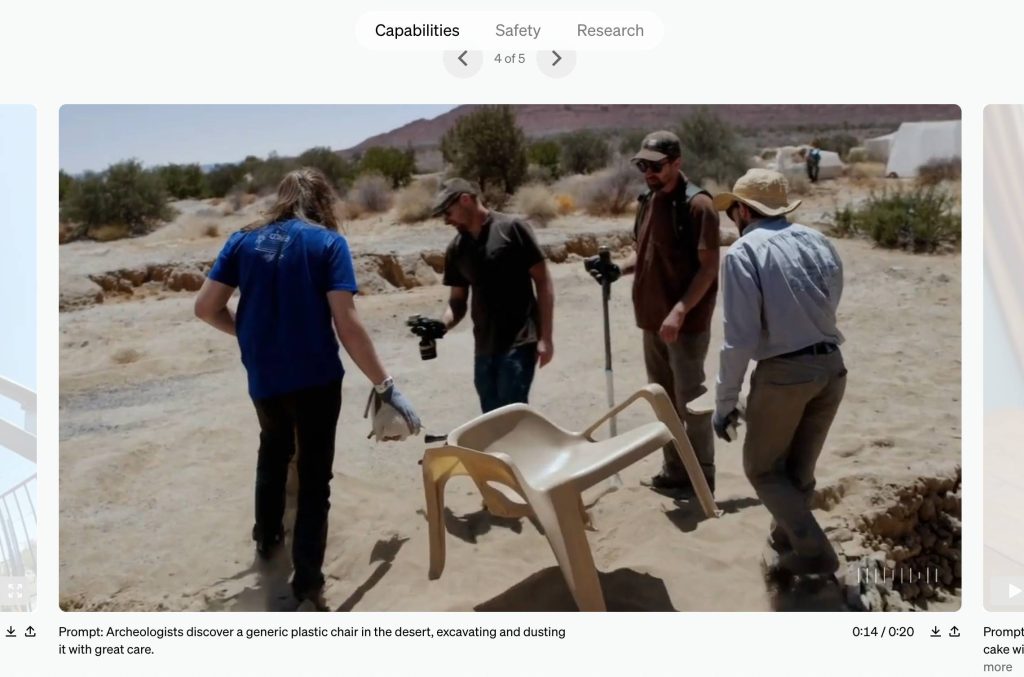Deadline: May 8th 2024
There has recently been raised concerns about the future of creative filmmaking with the release of e.g. Google’s video-generating AI Lumiere and Open AI’s text-to-video generating software Sora. Such as animation news blog Cartoon Brew’s warning to its readers about Google’s new AI image technology as: “… the latest advance by the tech industry to replace animators with AI-generated animation”. Even if such warnings might seem premature, the underlying concern about the role that animators and computer graphic artists can and will play in the future of time-based image-making is worth exploring.
For this theme, we welcome contributions that discuss the role of animation in the emerging landscape of contemporary text-to-video generating AI from different perspectives. We are interested in exploring technical, aesthetic, historical, and theoretical dimensions to speculations about the influence and consequences of AI-generated videos in the production of animated content.
We approach the notion of “animation” in the broadest sense possible, as all those who are engaging with the field of animation. Topics may include, but are not limited to:
- Animation-makers hands-on experience with AI-generated videos;
- Technical explorations of AI-generated videos as a developing form of animation and visual effects productions and pipelines;
- Investigations into, or analysis of, any aesthetic aspect of AI-generated videos, in terms of style, techniques or display;
- Any social or political take on the influence of AI-assisted production for animation studios and their employees;
- Critical and historical approaches to the use and abuse of data sets based on materials from either, or both, public domains and copy-rigthed materials;
- Any theoretical or philosophical approach to AI text-to-video generated materials and their place within animation scholarship and interdisciplinarity.
Posts that are between 600 and 900 words discussing any aspect of the above topics are welcome. Please forward the text as a Word document, and contributors are encouraged to include clips, and at least one image to support their posts (less than 2 MB in size per image). Please also include a short bio (100 words max) and 3 keywords. All permissions are the responsibility of the contributor.
Please contact co-editors Carmen Hannibal and Anastasiia Gushchina via blog@animationstudies.org with submissions or questions.

